Chief Pretty Eagle, Déahĭtsĭśh , Mountain Crow, Piegan Ackyā’mne clan, Kit-Foxes I’axuxke society. Born in 1846, a noted warrior and leader of many war parties, Chief Pretty Eagle was one of the first Apsaalooke to settle in the Bighorn valley. After a period of service in the US military as scout, Pretty Eagle, along with Chief Plenty Coups, opted for using the Crow reservation lands as pasture or to use it for growing hay to sell to the nearby ranches. In 1880, together with other five Apsaalooke, Pretty Eagle travelled to Washington to protest against the building of a railway line in the reservation area. In 1887, during the Sword Bearer incident, he supported the agency administration, even if he later regretted the death of Sword Bearer and condemned the killing.
Pretty Eagle’s immediate family was composed of his wife and 3 children. He’s said to have taken nineteen wives, but probably most of them were temporary wives, taken during the wife-kidnapping period between the two rival warrior societies of Kit-Foxes and Lumpwood.
Pretty Eagle died on November 11, 1903. After his death, his remains were sold to a collector and accessioned in the collections of the American Museum of Natural History in New York American Museum of Natural History in New York. In 1994, during a solemn two days ceremony, Pretty Eagle was reburied in a traditional fasting site near Bighorn Canyon.
In the first chapter of his book Blankets and Mocassins, William Allen reports how in 1879 he saved Pretty Eagle, his wife and his youngest daughter during a snowstorm and how Pretty Eagle told him about a great battle the Apsaalooke fought against the Pawnee on the early 17th century near Pryor Creek.
— Jinlian

According to Crow tribal historian Elias Goes Ahead, Pretty Eagle, a teenage at the time, tried to joined his fellow Apsaalooke against the Lakota-Cheyenne-Arapaho forces at the battle of Arrow Creek (1862) but was tied and confined to the border of the camp by his family members, who feared he would put his own life in danger.
In Memoirs of a White Crow Indian, Thomas "Horse Rider" LeForge describes a fight against the Lakota near Pryor Creek in the early 1870s and mentions Pretty Eagle as "a dog-soldier chief and a great fighter". The "dog soldiers" are probably the Lumpwood society, to which Pretty Eagle belonged and which inherited many characteristics from the earlier Big Dogs military society.
— Jinlian

Pretty Eagle as remembered by painter Elbridge Burbank:
"The Crows were the traditional friends of the white men, and I was surprised when I invaded their reservation, that none of them would pose for me, no matter what inducements I held out.Hugh Campbell, the Indian trader with whom I was stopping, offered to make an investigation and find out what was the matter. After he had talked. to them he came back to my room laughing. "They say that when you get back to Chicago you put poison on their pictures and that the Indians who posed for them drop dead...We found that the "poisoned picture" story had been started by Chief Pretty Eagle. He was one of the head chiefs and was a fine man. After the meeting, he was the first Crow to pose for me.
Once more he was almost my undoing. After I had painted his portrait he promised to bring in his youngest daughter to pose. When she failed to come in, I rode out to their house two miles away to see what was the matter. I found Chief Pretty Eagle lying under a tree, sick. "You no good, you bad medicine," he told me accusingly. "Me pose for picture, now heap sick. No can paint my little girl." Upon inquiring I found that Pretty Eagle had gotten his feet wet and had contracted a bad cold which he blamed on my portrait painting. It was not until some time later when Pretty Eagle went away to an Indian dance that I was able to get his daughter, whose name was "All-Hers," to pose for me at the Crow Agency before he could prevent the picture. All-Hers was the belle of the Crow reservation and Pretty Eagle was proud of her.
One day I met Pretty Eagle down at the agency. I asked him what brought him there. Pretty Eagle had some difficulty in expressing himself in English, so in answer to my question he danced a few steps. That meant he was going to attend the great dance about to be held. I watched him go down the road. He soon met another man who evidently asked him the same question, because Pretty Eagle performed the same steps. Then a little girl greeted him, with the same result. As far down the road as I could see him Pretty Eagle, who was well-known and popular, was giving his occasional dance. If these demonstrations tired him in any way he showed no signs of it at the dance that evening. He danced straight through until sunrise.
Pretty Eagle was a fine Indian, highly respected by everyone for his courage. Once when the railroad was seeking a right of way to build their line across the reservation, they sent representatives to purchase the right of way. The Crows called a council at which a railroad man presented the necessary papers for signature. One of the Crow chiefs rose, drew a six-shooter, and said he would kill the first Indian that signed the papers. Without hesitation Pretty Eagle stepped up, asked for the papers, and signed them, with his back turned to the discontented chief. The other chiefs followed his example.
My studio, when I was working on Pretty Eagle's portrait, was Hugh Campbell's residence. Mrs. Campbell was away. So we worked in the living room. Mrs. Campbell had many beautiful satin and silk sofa pillows. When it came time for him to rest, Pretty Eagle would arrange the pillows in a big pile and lie among them. In a few minutes he would be sleeping as soundly as a child. All I could see, when I went to awaken him, would be his eagle feather. I have often wondered what Mrs. Campbell would have done to us, had she returned to find Pretty Eagle buried in her lovely pillows."
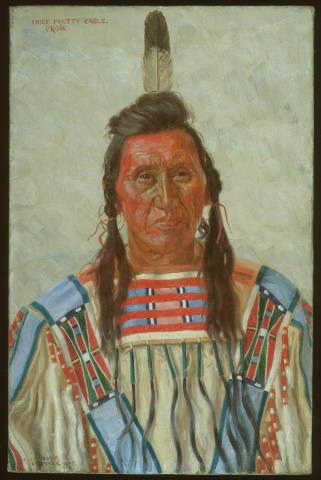
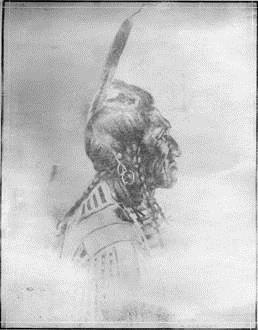
Pretty Eagle in a portrait and a sketch by E. Burbank
— Jinlian

Crow chief and warriors at Fort Custer, 1887. Standing from left: Short Bull Tail ? Enemy Hunter? Big Shoulder.
Sitting from left: Pretty Eagle, Spotted Horse, Plenty Coups, Bull Nose
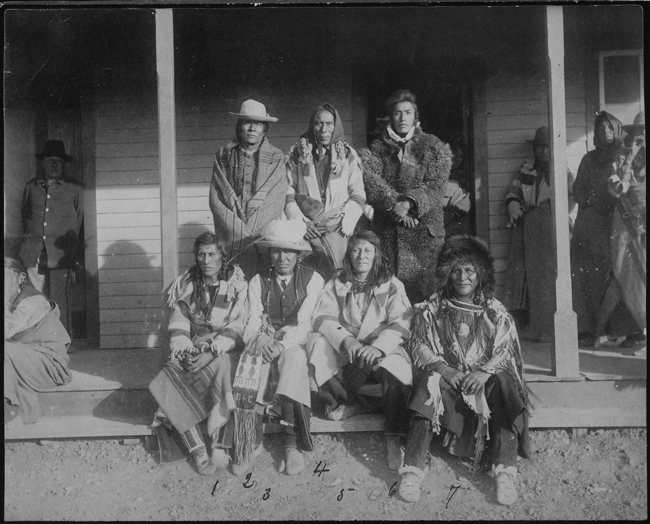
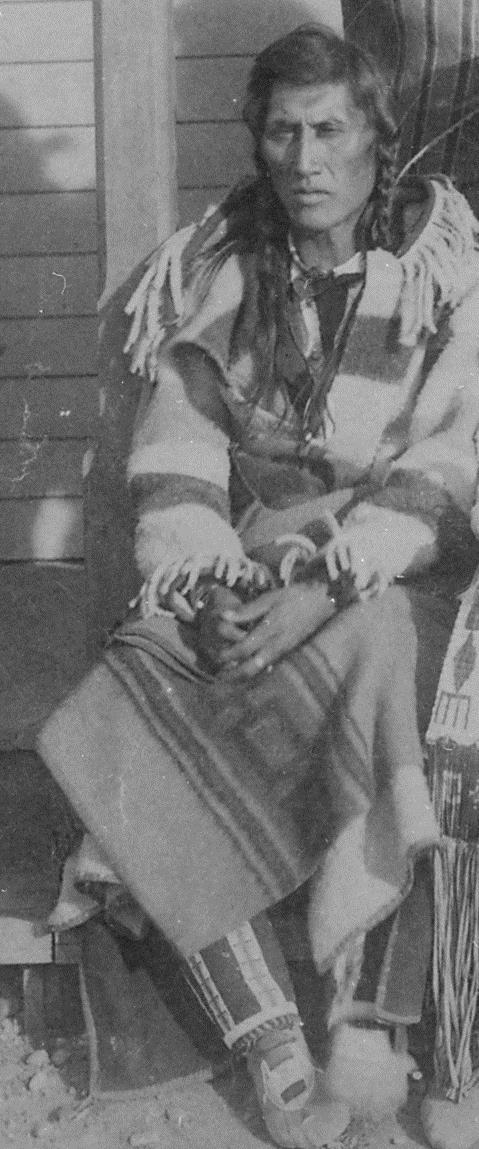
Pretty Eagle, detail from the above photograph
— Jinlian

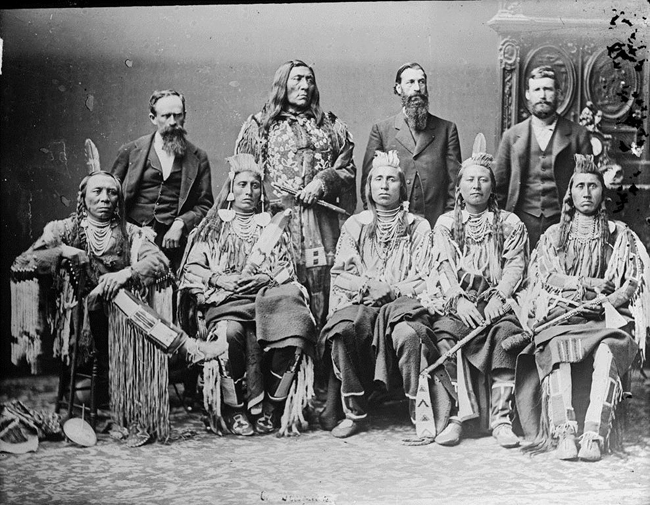
Crow delegation in Washington, 1880: standing from left: M. Quivly (interpreter), Two Belly, Augustus R. Keller (Crow agent), T. Stewart (interpreter). Sitting from left: Old Crow, Medicine Crow, Long Elk, Plenty Coups, Pretty Eagle
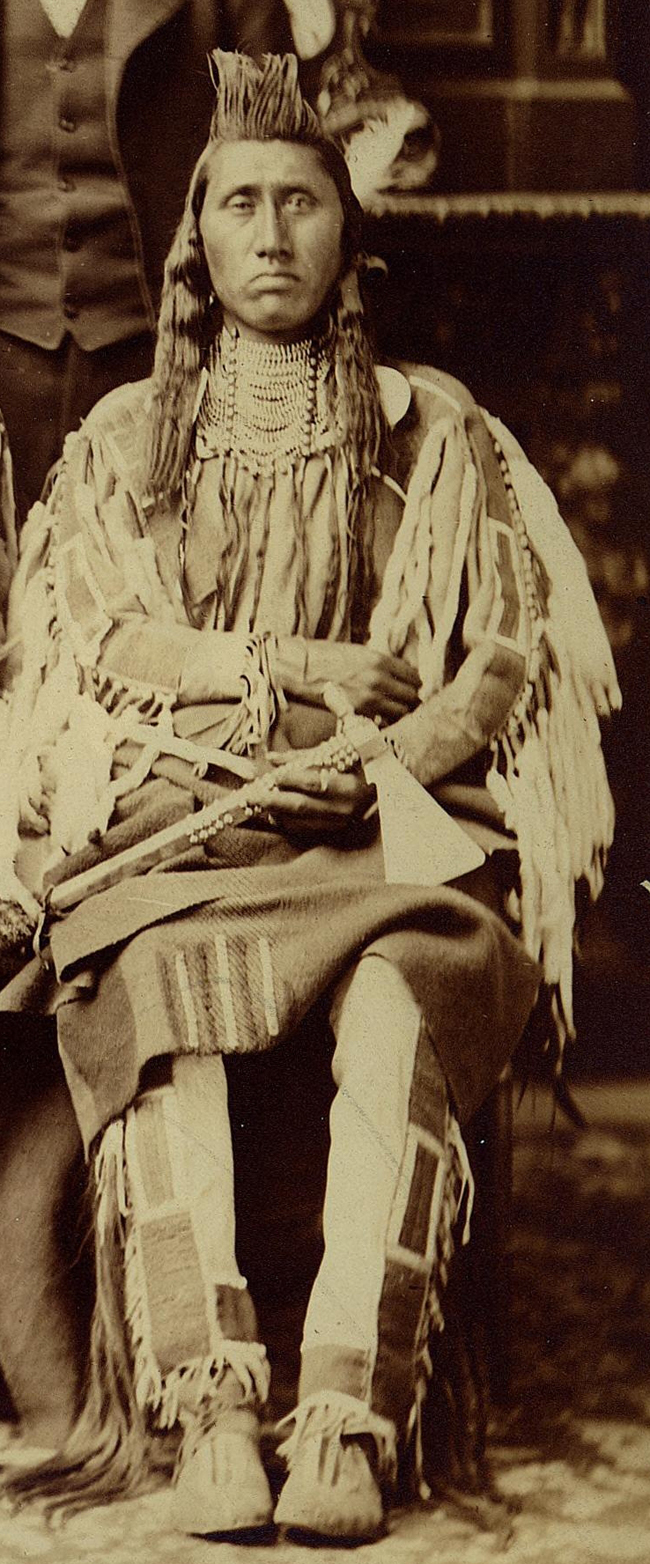
Pretty Eagle, detail from the 1880 delegation photograph
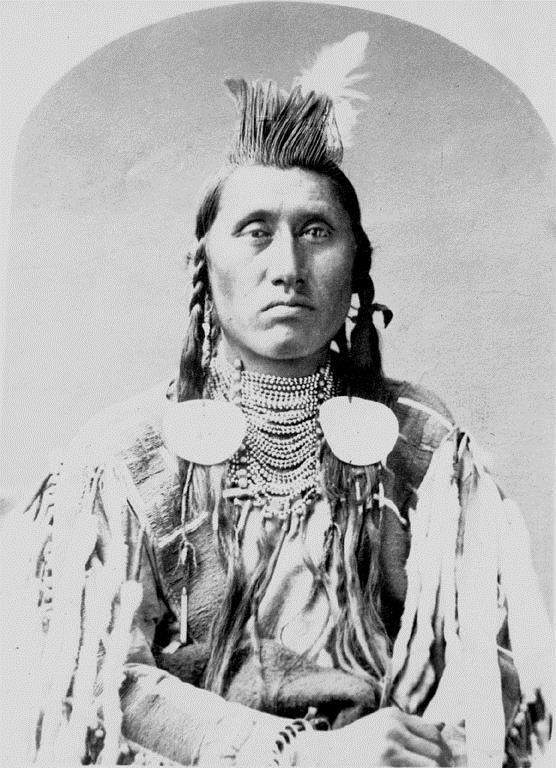
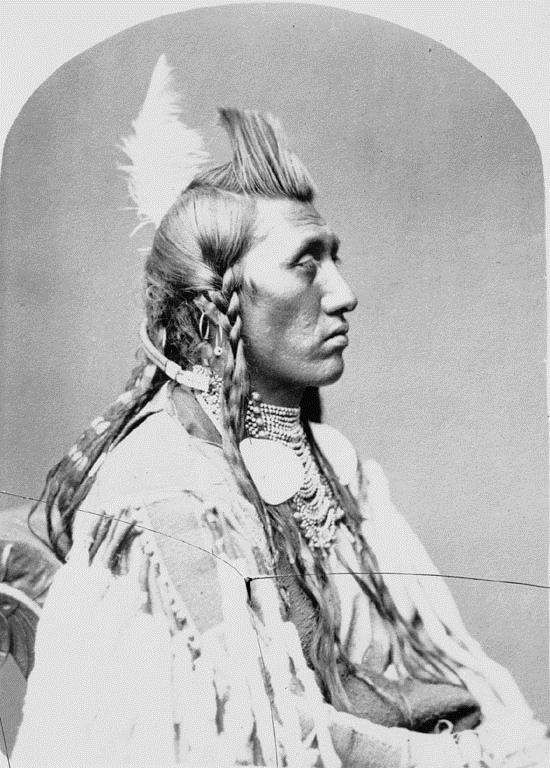
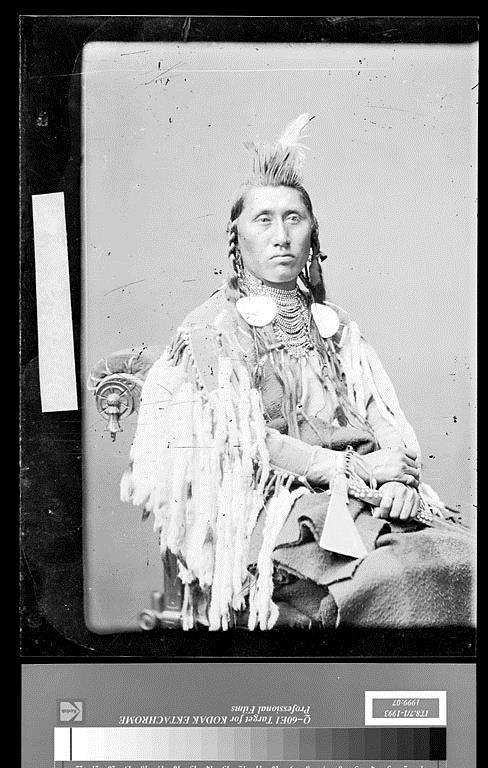
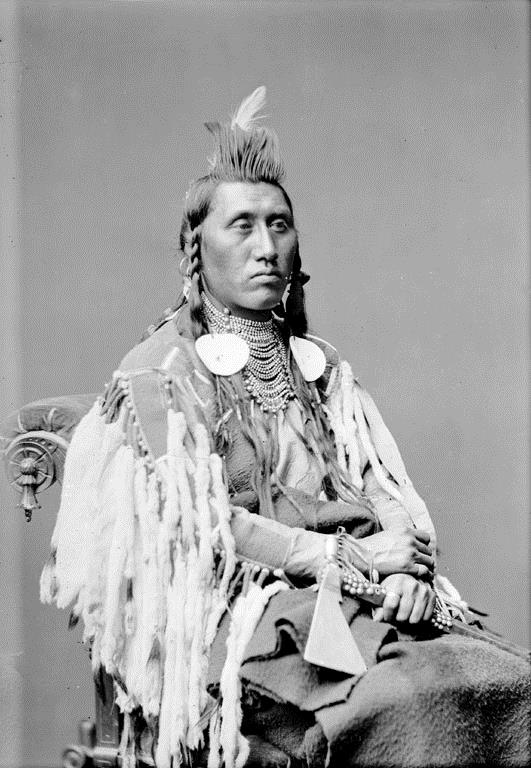
Pretty Eagle in four individual portraits made in 1880 by C. Bell,
in occasion of the visit of the Crow delegation.
— Jinlian

Pretty Eagle, middle 1880s
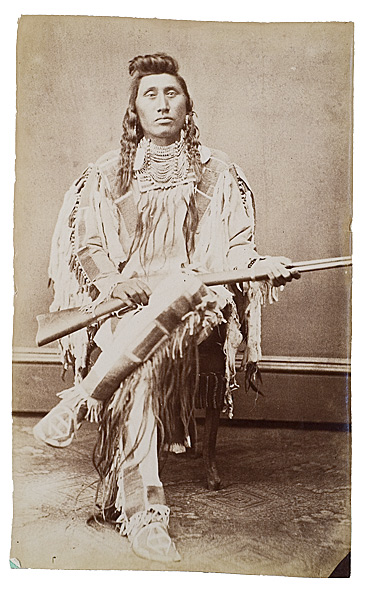
Pretty Eagle and his family at Fort Custer, about 1885:
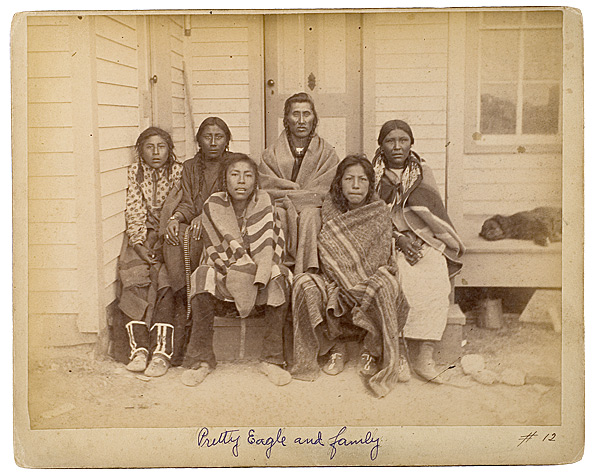
— Jinlian

In the 1885 Crow census Pretty Eagle and his family are thus listed:
Pretty Eagle, age 41, head of the household:
Pretty Shield, age 39, wife
Holds His Enemy, age 18. son
Brings Good Things. age 15, daughter (died around 1890)
Sings, age 6, daughter (died around 1890)
In the 1900 census, Pretty Eagle and his wife are listed as a couple with a son (who might have been likely a grandson)
Yellow Eagle, age 3
There's no mention of other children, including All-Hers, the daughter Elbridge Burbank spoke of in his memories.
— Jinlian

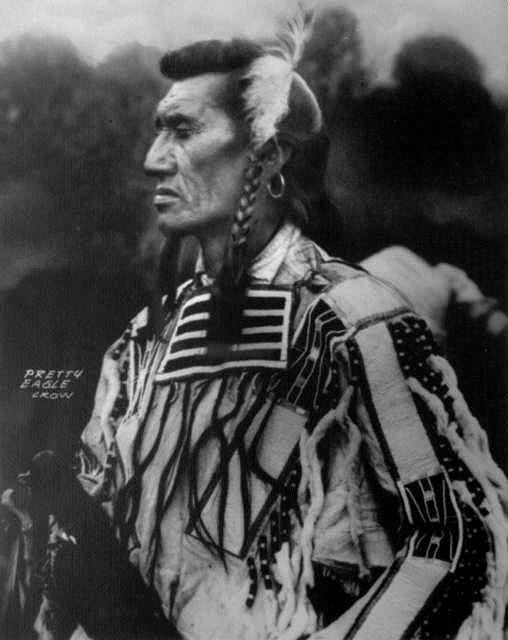
Pretty Eagle, about 1899, photo by Rinehart
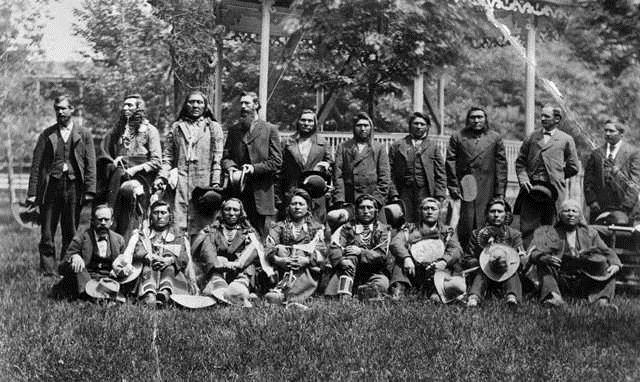
Crow-Shoshoni-Bannock delegation at Carlisle, 1880 - Pretty Eagle is sitting second from left.
— Jinlian

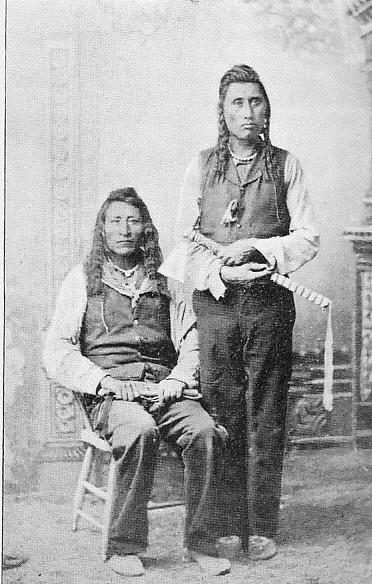
Pretty Eagle (standing, right) and Shoshone friend. There is an inscription on the back of the photograph that says the man with Pretty Eagle is Big Hair. It also says it is an Goff photograph.
—
Dietmar Schulte-Möhring

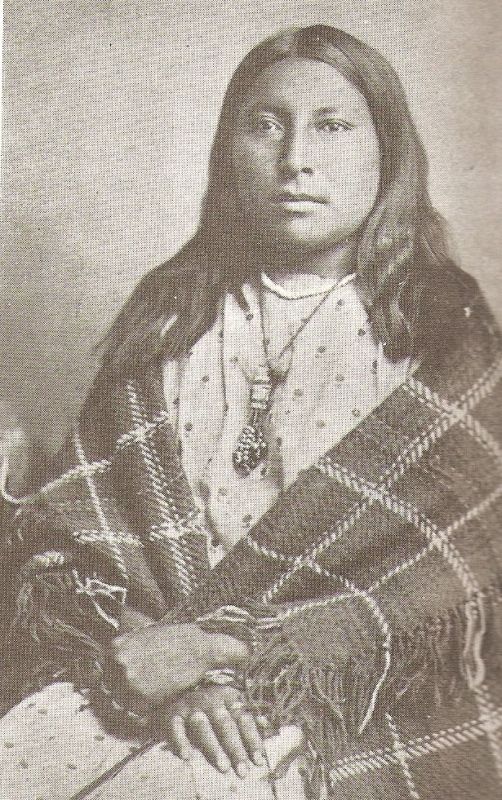
"Mary", daughter of Pretty Eagle - in Blankets and Mocassins William Allen reported how he saved her and her parents from a snowstorm.
— Jinlian

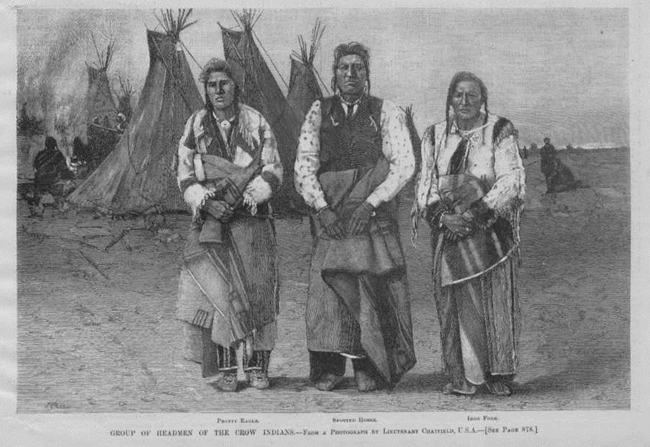
Engraving titled, GROUP OF HEADMEN OF THE CROW INDIANS - from a photograph by Lieutenant Chatfield, U.S.A., 1887. Left to right, Pretty Eagle, Spotted Horse and Iron Fork.
— Jinlian

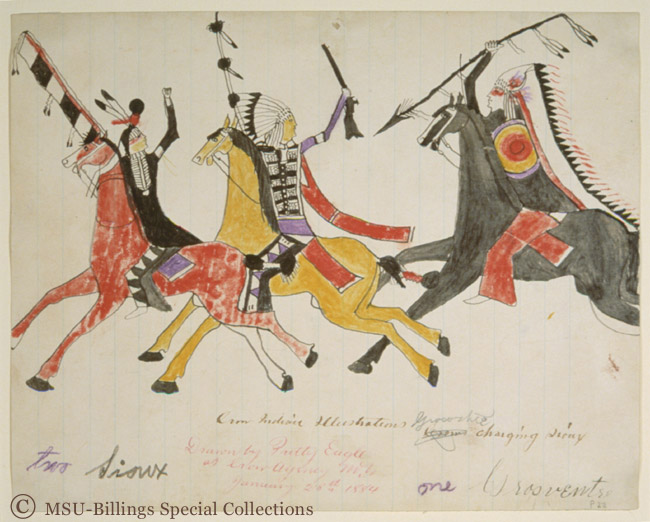
Drawing allegedly by Pretty Eagle
—
Grahame Wood

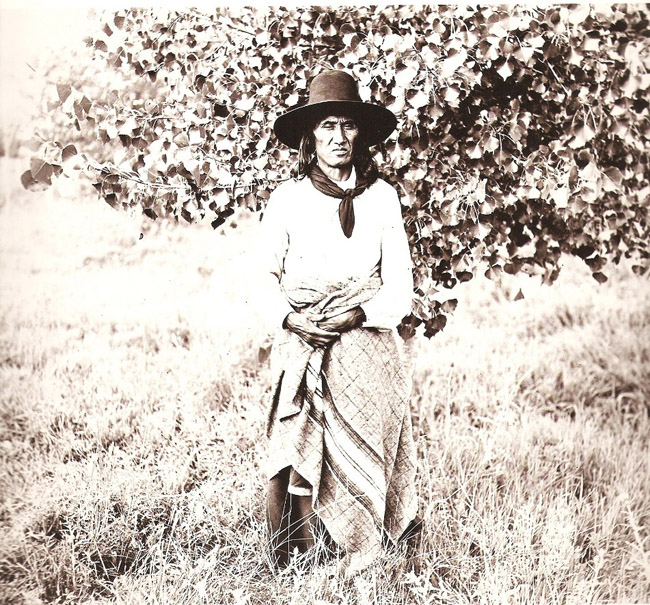
Pretty Eagle by Fred Miller (early 1900s)
— Jinlian